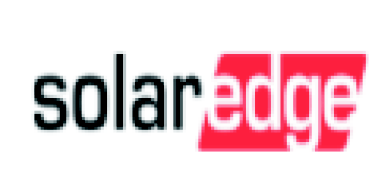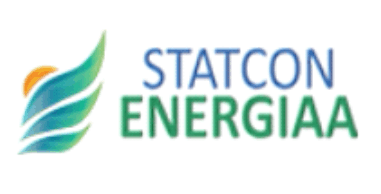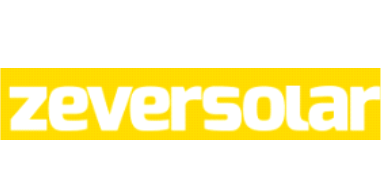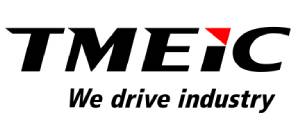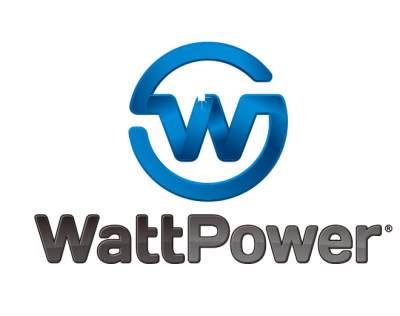Zero Export Device for Solar: Controller/Meter
Avoid loss of power production due to delay in net metering.
On sites with no Net Metering, the Power output of inverters is throttled to optimize total energy generation for captive consumption and enforce zero export of energy to the grid.
Get Zero Export Solar Controller Devices at the best price in India from Logics PowerAMR.
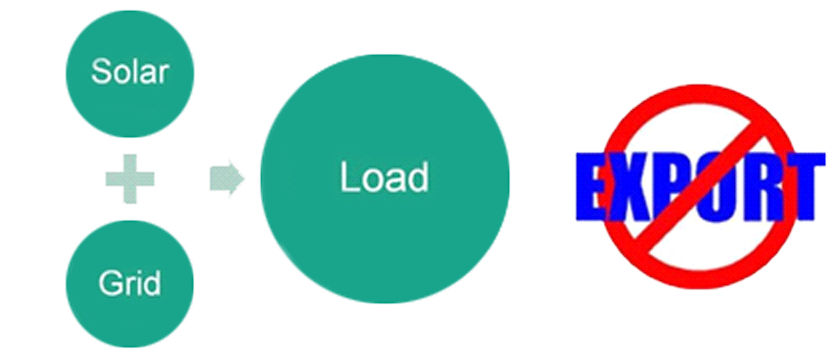
Key Benefits of Zero Export
Smart Control: The Solar Zero Export device provides real time power control and will ensure that the inverter ramps down the solar production, in case of low/ no load. Flawless Protection: Our System ensures that the inverter doesn’t trip and minimum or no reverse feed-in is sent back to the grid. Graphical representation: Client can log on to the PowerAMR website and see working of power control on real time through the single line diagram and graphical illustration. Remote Monitoring: PowerAMR ZED simultaneously acts a Data Logger and provide real time and historical data monitoring on our Solar Management Platform Deemed Generation: The system estimates the amount of energy throttled due to impact of zero export device at every 10 minute interval.
System Brief
In case of unavailability of net metering, to use solar as per load requirement, we need to sync solar with the grid. In this solution, solar will take only reference voltage from the grid, but does not export power to the grid. This way the user would be able to use grid-connected solar plant without export.
Working Principle
In case of Zero export controller, bidirectional meter shall be installed at incomer side,working with a maximum and minimum set point which can be configuredthrough software. The zero export solution polls connected energy meters and inverters to determine the current load and help user to use solar as per demanded load. This solution will throttle the power of solar inverters as per building load and there will be no Export to grid.
Load from grid shall be ensured to run at 4% to 8% of the sanctioned load, it might change depending upon the load variation/ fluctuation.
The working principle is as follows-
1. Read Active Power frommeter
2. Is Active power > Max Set point? If yes, increase power oninverters
3. Is Active power < Min Set point? If yes, decrease power oninverters
4. Repeat from step1
Note- Minimum set point: it is the minimum power input from the grid Maximum set point: it is the maximum required power input from the grid in case there is enough solar power being produced to cater the load.
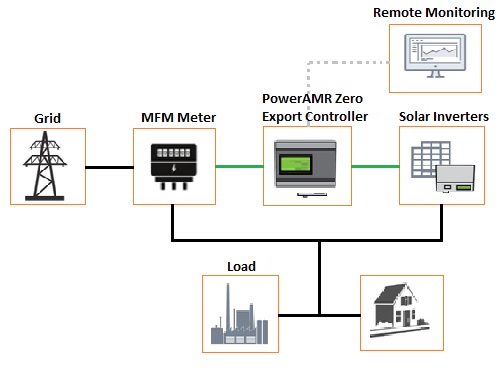
What is a Zero Export Controller?
A Zero Export Controller is a smart power management device that’s exactly designed to prevent excess solar energy from being exported to the utility grid. This device continuously monitors the power flow between the solar invert, load, along with grid connection, and ensures that all generated energy is used for self-consumption.
This makes it great for all those locations without net metering approvals, and helps users maximize solar utilization without even violating grid regulations. The Zero Export Controller automatically adjusts the inverter’s output in real-time, and maintains perfect synchronization between solar generation and on-site demand. By avoiding reverse power flow, this device not only safeguards electrical equipment but also ensures that system performance is stable.
Simply put, it’s the key to running a grid-tied solar system efficiently, even in zero-export conditions.
Technical Specifications & Compatibility
The Zero Export Controller by Logics PowerAMR is truly engineered for precision and reliability. This controller actually integrates seamlessly with most grid-tied solar systems and provides accurate power regulation and instant response to load fluctuations. Below are key technical specifications and compatibility details that perfectly ensure smooth operation with a wide range of inverter systems:
| SPECIFICATION | DETAILS |
|---|---|
| Input Voltage Range | 230V – 415V AC, Single & Three Phase Compatible |
| Response Time | Less than 1 second for real-time control |
| Communication Type | RS485, Modbus RTU/TCP |
| Compatible Inverter Brands | Sungrow, ABB, Growatt, Delta, Sofar, Huawei, and more |
| Data Logging Options | Integrated cloud-based data logger with PowerAMR Solar Monitoring Platform |
| Mounting Type | Panel or wall-mounted |
| Protection Class | IP65 for outdoor and industrial applications |
| Operating Temperature | -10°C to +60°C |
Applications & Use Cases
This controller is an effective solution for solar power systems operating without net metering or even where energy export restrictions are in place. It ensures complete self-consumption of solar energy and maintains grid stability and compliance.
This device is highly suitable for:
Industrial Facilities
It precisely manages large-scale solar systems efficiently and prevents reverse power flow.
Commercial Complexes
In commercial complexes, you can optimize energy usage and reduce electricity bills without even exporting to the grid.
Educational Institutions & Hospitals
Maintain uninterrupted operations without smart load management.
Warehouses & Manufacturing Units
In warehouses and manufacturing units, businesses can achieve energy independence and protect equipment from grid fluctuations.
Remote or Private Grids
Use solar power effectively where grid export is technically or legally restricted.
Government and Defense Establishments
Ensure energy independence and compliance with zero-export mandates for secure operations.
By enabling full utilization of solar energy, the Zero Export Controller ensures maximum savings and regulatory compliance.
Installation & Configuration of PowerAMR Zero Export Controller
It’s just simple to set up your Logics PowerAMR ZERO Export Controller. The device actually integrates smoothly with inverters and your building’s grid connection in order to manage solar energy automatically. Here’s a step-by-step guide:
Step-by-Step Installation:
Connect the Bidirectional Meter
Install a bidirectional energy meter at the corner in order to measure real-time active power flowing from the grid and solar system.
Set Max and Min Power Points
Configure the maximum and minimum thresholds depending on your site’s energy requirement. The controller will automatically throttle the inverter output to align load requirements.
Link to Inverters via RS485
Connect the controller to your compatible inverters using RS485 or even MODBUS communication for real-time control and synchronization.
Enable Remote Monitoring
Now, access live and historical data through the Solar Management Platform to monitor performance and optimize energy usage.
With this setup, your solar plant works intelligently, ensuring maximum self-consumption, safe grid operation, and uninterrupted energy supply.
Compatible with all makes of solar inverters


